Asthma Cooperative Agreement Partner Profile – Puerto Rico
The Puerto Rico Asthma Program (PRAP) has been part of CDC’s National Asthma Control Program since 2006. PRAP and its partners work to reduce asthma disparities by improving the quality of asthma care, improving asthma management in schools, and fostering policies to help reduce exposure to asthma triggers in outdoor, indoor, and workplace environments.
Strategies in Action
- In 2020, the Puerto Rico Department of Education and the Department of Health issued Regulation 9224 (https://www.salud.gov.pr/CMS/DOWNLOAD/5931) to foster continuity of treatment for students with asthma. Also in 2020, the Puerto Rico Department of Health issued Administrative Order 473 (https://www.salud.gov. pr/CMS/DOWNLOAD/5932), an asthma management action plan for all patient with asthma. The plan included annual medical certification for students with asthma. In response, PRAP started the Asthma School Registry, which requires completion and submission of students’ asthma action plans to their schools. The registry ensures that children with asthma have an asthma action plans as an essential part of their treatment and that the document is submitted to the school for use, resulting in better asthma management and control. The data collected by the registry allow PRAP to identify the schools and municipalities with more students with asthma and the severity of their condition. This invaluable information is used for program planning.
- PRAP conducted a business case analysis for their interactive home visiting project for trigger reduction and asthma self-management education (Visitas Interactivas acerca del Asma en el hogar [VIAS]) in 2021. The business case describes the reasons and justification for the project in terms of business process performance, needs and/or problems, and expected benefits. PRAP developed the business case to assess the costs and effectiveness of the home visiting project in helping participants control their asthma. The business case provides information on where to focus program efforts to help determine project cost-effectiveness. Data analysis determined that the home visiting project has a return on investment (ROI) of 0.35. This means, for every $1 of the program cost, the intervention resulted in $1.35 of healthcare saving, or 35% in return. This ROI is an indicator of project effectiveness and supports pursuit of a Medicaid reimbursement code for the home visiting project. These data also provide an opportunity to bring awareness of this project to Puerto Rico’s health insurance companies.
- Thirty families benefitted from the virtual VIAS project in 2021.These families were referred to the project by collaborating partners. This project promoted asthma control behaviors and helped families reduce asthma triggers. Trained staff members from PRAP educated families about asthma and how to identify and manage symptoms, including asthma triggers. Photos of spaces in the home where children spent most of their time were used to evaluate and identify sources of asthma triggers. PRAP provided recommendations to the families on how to reduce the identified triggers along with supplies such as cockroach traps, mousetraps, hypoallergenic covers, and educational materials help reduce triggers.

Asthma by the numbers:
283,602 Adults with asthma
84,136 Children with asthma
In 2020, among adults in Puerto Rico, 283,602 (10.4% of the adult population) had asthma. During 2018–2020, among children ages 0–17 years in Puerto Rico, 84,136 (7.4%) had asthma.
27,850 ER visits
6,760 Hospitalizations
In 2021, there were 27,850 emergency department visits and 6,760 hospitalizations due to asthma in Puerto Rico.
National Asthma Control Program: EXHALE
E
on asthma self-management
X
smoking and exposure to secondhand smoke
H
visits for trigger reduction and asthma self-management education
A
of guidelines-based medical management
L
and coordination of care across settings
E
policies or best practices to reduce asthma triggers from indoor, outdoor, or occupational sources
CDC’s National Asthma Control Program (NACP) and its partners help people with asthma achieve better health and improved quality of life. NACP developed EXHALE, a set of six public health strategies that each contribute to better asthma control.
Each EXHALE strategy has been proven to reduce asthma related hospitalizations, emergency department visits, and healthcare costs. Using the EXHALE strategies together in a community can have the greatest impact.


